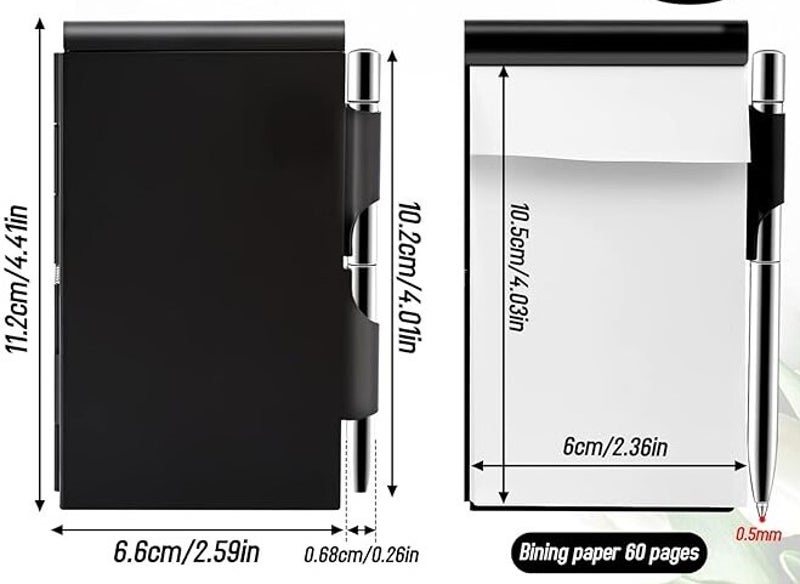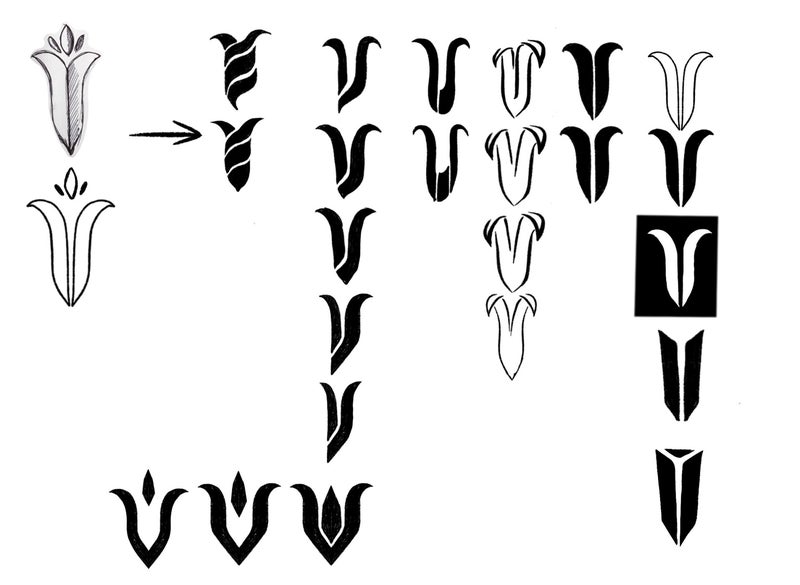
Kritzeln ist eine grundlegende Fähigkeit im Designprozess, die beim Brainstorming und visuellen Denken hilft.
In diesem Tutorial erkunden wir die Kunst des Kritzelns und wie sie Ihren Designprozess bereichern kann. Ob Sie Konzepte skizzieren, Ideen visualisieren oder einfach nur kreative Blockaden lösen möchten – Kritzeln kann eine unschätzbare Technik sein. Schnappen Sie sich Skizzenbuch und Stifte und tauchen Sie ein in die Welt des Kritzelns als Designer oder Künstler.
Im Designkontext bezeichnet „Scribble“ das informelle und spontane Anfertigen schneller, freier Skizzen oder Kritzeleien. Es ist eine Technik, die Designer nutzen, um Ideen festzuhalten, Konzepte zu entwickeln und Gedanken zu visualisieren, ohne sich um Präzision oder Perfektion zu kümmern.

Vorteile des Skizzierens im Designprozess
- Flexibilität: Da es keine Regeln oder Einschränkungen gibt, lassen sich Ideen leicht anpassen und weiterentwickeln. - Geringes Risiko: Da Skizzen nicht perfekt sein müssen, besteht keine Angst vor Fehlern, was mutiges und kreatives Denken fördert.
- Aktive Wirkung: Verschiedene Gehirnregionen werden angesprochen und analytisches sowie kreatives Denken kombiniert.
- Überall skizzieren: Für eine schnelle Skizze benötigt man nicht viel Material. Wenn Ihnen unterwegs eine Idee kommt, können Sie einfach ein kleines Skizzenbuch mitnehmen und es in der Tasche tragen. So haben Sie die Freiheit, Ihre Gedanken festzuhalten und sich auch neben Ihrem Schreibtisch inspirieren zu lassen.
Ähnlichkeiten
Sowohl Kritzeln als auch Doodling sind informelle und entspannte Formen des Zeichnens.
Beide können die Kreativität anregen und beim Erkunden visueller Ideen helfen.
Für keine von beiden sind besondere Werkzeuge oder Fähigkeiten erforderlich; sie können mit beliebigen Materialien ausgeführt werden.
Wichtige Aspekte des Kritzelns im Design
1. Ideenfindung und Brainstorming:
Kritzeln wird häufig in den ersten Phasen des Designprozesses eingesetzt, um Ideen schnell festzuhalten und verschiedene Konzepte zu erkunden. Es ermöglicht Designern, mit verschiedenen Möglichkeiten zu experimentieren, ohne den Druck, perfekte Zeichnungen anfertigen zu müssen.
2. Visuelles Denken:
Es hilft, Gedanken und Ideen zu visualisieren und abstrakte Konzepte greifbarer zu machen. Indem Designer Ideen zu Papier bringen, erkennen sie Zusammenhänge und Beziehungen, die ihnen im Kopf vielleicht nicht sofort bewusst sind.
3. Problemlösung:
Kritzeln kann ein Werkzeug zur Problemlösung sein, das Designern hilft, Designherausforderungen zu bewältigen und kreative Lösungen zu finden. Der informelle Charakter des Kritzelns fördert einen freien Ideenfluss, der zu innovativen Lösungen führen kann.
4. Kommunikation:
Schnelle Skizzen und Kritzeleien sind eine effektive Methode, um Ideen mit Teammitgliedern, Kunden oder Stakeholdern zu kommunizieren. Sie dienen als visuelle Sprache, die Konzepte klarer vermitteln kann als Worte allein.
5. Kreativität und Erkundung:
Das Skizzieren fördert die Kreativität, indem es Designern ermöglicht, Ideen in einer entspannten Atmosphäre zu erkunden und mit ihnen zu experimentieren. Es regt zum Ausprobieren an und kann zu unerwarteten und innovativen Designlösungen führen.
6. Effizienz:
Da Skizzieren schnell und informell ist, können Designer so rasch eine Vielzahl von Ideen generieren. Diese Effizienz ist besonders in den frühen Projektphasen wertvoll, wenn die Erkundung vielfältiger Möglichkeiten entscheidend ist.

Eine Schritt-für-Schritt-Anleitung für kreative Ideenfindung
Benötigte Materialien
- Skizzenbuch oder Papier
- Bleistifte, Stifte oder Marker
- Digitale Hilfsmittel (optional): Grafiktablett mit Stift, Zeichensoftware


Schritt 1: Aufwärmübungen
- Freies Kritzeln: Beginnen Sie mit einfachen Kritzeleien, um Ihre Hand und Ihren Geist zu lockern. Es gibt kein Richtig oder Falsch.
- Linienübungen: Üben Sie das Zeichnen von geraden Linien, Kurven und Formen, um sich mit Ihren Zeichenwerkzeugen vertraut zu machen.

Schritt 2: Grundlegende Kritzeltechniken
- Kritzelformen: Zeichne einfache Formen wie Kreise, Quadrate und Dreiecke mit einer Kritzelbewegung.
- Zeichnen mit durchgehenden Linien: Zeichne, ohne den Stift vom Papier abzusetzen. Dies fördert flüssiges und sicheres Zeichnen.

Schritt 3: Ideenfindung durch Kritzeln
- Mindmapping: Erstellen Sie mithilfe von Mindmaps Skizzen. Beginnen Sie mit einer zentralen Idee und entwickeln Sie daraus weitere Gedanken.
- Konzept-Thumbnails: Skizzieren Sie schnell mehrere kleine Versionen eines Konzepts, um verschiedene Ideen zu erkunden.

Schritt 4: Skizzen zu Designs ausarbeiten
- Muster erkennen: Suche in deinen Skizzen nach interessanten Mustern oder Formen, die du weiterentwickeln kannst.
- Detaillierung: Wähle eine vielversprechende Skizze aus und verfeinere sie durch Hinzufügen von Details und Struktur.

Tipp 1: Ich benutze ein Skizzenbuch zum Kritzeln. Jeder Gedanke, der auf dem Papier entsteht, ist wertvoll und sollte festgehalten werden. Das kann später als Ressource für Projekte dienen.
Tipp 2: Vermeide es, Kritzeleien auszuradieren. Jede Idee ist am Anfang wertvoll.
Tipp 3: Bleib locker: Halte deine Hand entspannt und denke nicht zu viel nach.
Tipp 4: Fehler sind erlaubt: Beim Kritzeln geht es ums Erkunden. Mach dir also keine Gedanken darüber, perfekte Zeichnungen anzufertigen.



Kommentar hinzufügen
Kommentare